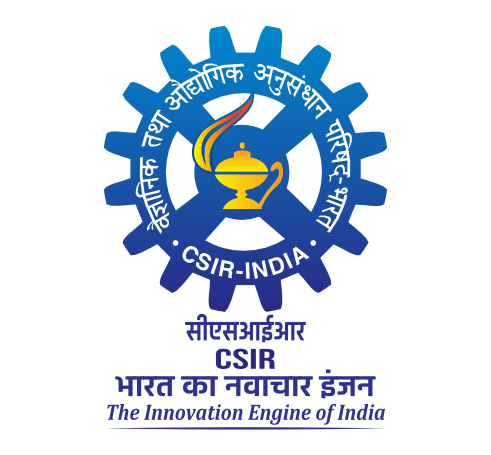Brown Algae Fucoxanthin Is Hydrolyzed to Fucoxanthinol during Absorption by Caco-2 Human Intestinal Cells and Mice
Tatsuya, Sugawara and Vallikannan, Baskaran and Wakako, Tsuzuki and Akihiko, Nagao (2002) Brown Algae Fucoxanthin Is Hydrolyzed to Fucoxanthinol during Absorption by Caco-2 Human Intestinal Cells and Mice. The Journal of Nutrition, 132 (5). pp. 946-951.
|
PDF
J_Nutr_2002_132_5_946-951.pdf Restricted to Registered users only Download (183kB) | Request a copy |
Abstract
The metabolic fate in mammals of dietary fucoxanthin, a major carotenoid in brown algae, is not known. We investigated the absorption and metabolism of fucoxanthin in differentiated Caco-2 human intestinal cells, a useful model for studying the absorption of dietary compounds by intestinal cells. Fucoxanthin was taken up by Caco-2 cells incubated with micellar fucoxanthin composed of 1 �mol/L fucoxanthin, 2 mmol/L sodium taurocholate, 100 �mol/L monoacylglycerol, 33.3 �mol/L fatty acids and 50 �mol/L lysophosphatidylcholine. Fucoxanthinol, the deacetylated product of fucoxanthin, was also found in both medium and cells, with its level increasing significantly in a time-dependent manner. No conjugated forms of fucoxanthin and fucoxanthinol were found in either medium or cells. In the animal study, fucoxanthinol (10.4 � 5.3 nmol/L plasma, n � 4) was detected in plasma of mice 1 h after intubation of 40 nmol fucoxanthin. These results indicate that dietary fucoxanthin is incorporated as fucoxanthinol, the deacetylated form, from the digestive tract into the blood circulation system in mammals.
| Item Type: | Article |
|---|---|
| Uncontrolled Keywords: | Hydrolysis; Lipase; HPLC analyses |
| Subjects: | 600 Technology > 08 Food technology > 29 Microbiological food > 01 Algae |
| Divisions: | Dept. of Biochemistry |
| Depositing User: | Somashekar K.S |
| Date Deposited: | 21 Jun 2011 09:45 |
| Last Modified: | 28 Dec 2011 10:24 |
| URI: | http://ir.cftri.res.in/id/eprint/10150 |
Actions (login required)
 |
View Item |

